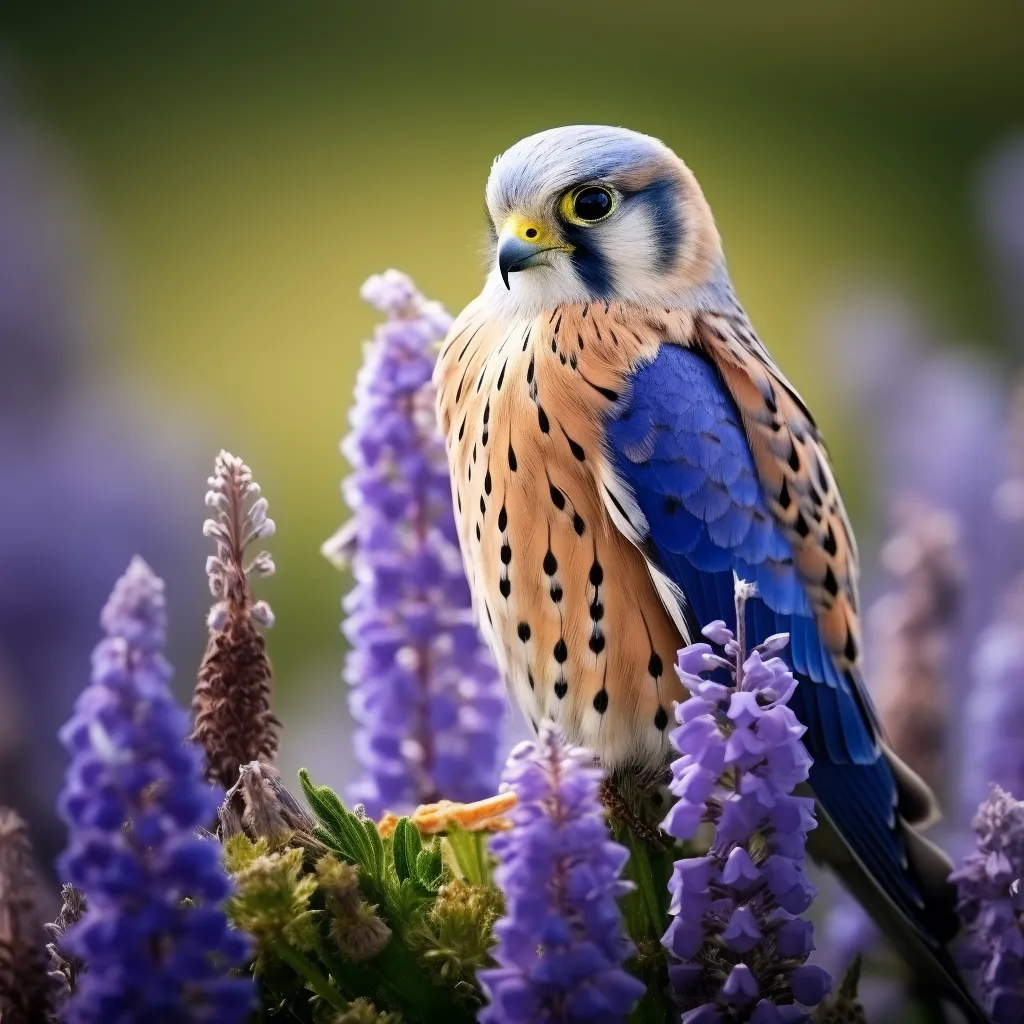Story of Day :
Contents
Delphinium Kestrel (Larkspur Kestrel) Plant Care Tips
Gardening can be a rewarding hobby, especially when you have beautiful flowers like Delphinium Kestrel (also known as Larkspur Kestrel) in your garden.
With its stunning spikes of blue-purple flowers, this perennial plant is sure to attract attention.
However, caring for Delphinium Kestrel can be a bit challenging if you are not familiar with its specific needs.
In this article, we will share some valuable tips on how to care for your Delphinium Kestrel and keep it thriving.
1.
Choosing the Right Location
The first step in successfully growing Delphinium Kestrel is selecting the right location in your garden.
These plants prefer full sun to part shade conditions, so choose a spot that receives at least 6 hours of direct sunlight daily.
- Ensure the soil is well-draining as Delphiniums dislike wet feet.
- Avoid planting them in areas prone to strong winds, as their tall flower stalks may break easily.
2.
Soil Preparation
Different plants have different preferences when it comes to soil conditions, and Delphiniums are no exception.
- The ideal soil pH for these plants is slightly acidic to neutral (between 6 and 7).
- Rich organic matter such as compost or well-rotted manure should be added to the planting area before planting your Delphiniums.
3.
Planting Depth and Spacing

The next important aspect of caring for Delphinium Kestrel is proper planting depth and spacing.
Follow these guidelines:
- .
- Make sure to space them about 2 feet apart to allow for proper air circulation.
4.
Watering and Mulching
Delphinium Kestrel requires regular watering, especially during dry spells or hot summer months.
- Water deeply once or twice a week, ensuring the soil remains evenly moist but not waterlogged.
- Avoid overhead watering as wet foliage can lead to diseases such as powdery mildew.
Mulching around your Delphinium plants can help retain moisture in the soil, prevent weed growth, and keep the roots cool during hot weather.
Use organic mulch like shredded bark or straw, applying it to a depth of about 2 inches around the base of the plants.

5.
Supporting Tall Stalks
The tall flower spikes of Delphinium Kestrel can sometimes require support to prevent them from bending or breaking under their own weight.
- To provide necessary support, use stakes or a plant hoop that is inserted into the ground when planting your Delphiniums.

6.
Deadheading and Pruning
To encourage continuous flowering throughout the season, deadhead your Delphinium Kestrels regularly by removing faded blooms along with their stalks down to ground level.
This will prevent the plant from wasting energy on seed production and redirect it towards producing new flowers.

In early spring, before new growth appears, prune back the entire plant to about 6 inches above ground level.
This helps promote healthy growth and reduces the risk of diseases.
7.
Pest and Disease Control
Like any other plant, Delphinium Kestrel can be susceptible to pests and diseases.
Some common issues include:
- Aphids: Spray your plants with a strong jet of water or use insecticidal soap to control aphid infestations.

- Mildew: To prevent powdery mildew, avoid overhead watering and provide proper air circulation around your plants.
Summary
Caring for Delphinium Kestrel requires attention to specific needs such as choosing the right location, preparing suitable soil conditions, proper planting depth and spacing, regular watering with mulching for moisture retention, supporting tall stalks with stakes or a plant hoop when necessary, deadheading spent blooms regularly along with pruning in early spring.
Pests such as aphids can be controlled by using water jets or insecticidal soap while proper air circulation helps prevent mildew formation.
By following these care tips diligently you can enjoy an abundance of beautiful blue-purple flowers in your garden all season long!
